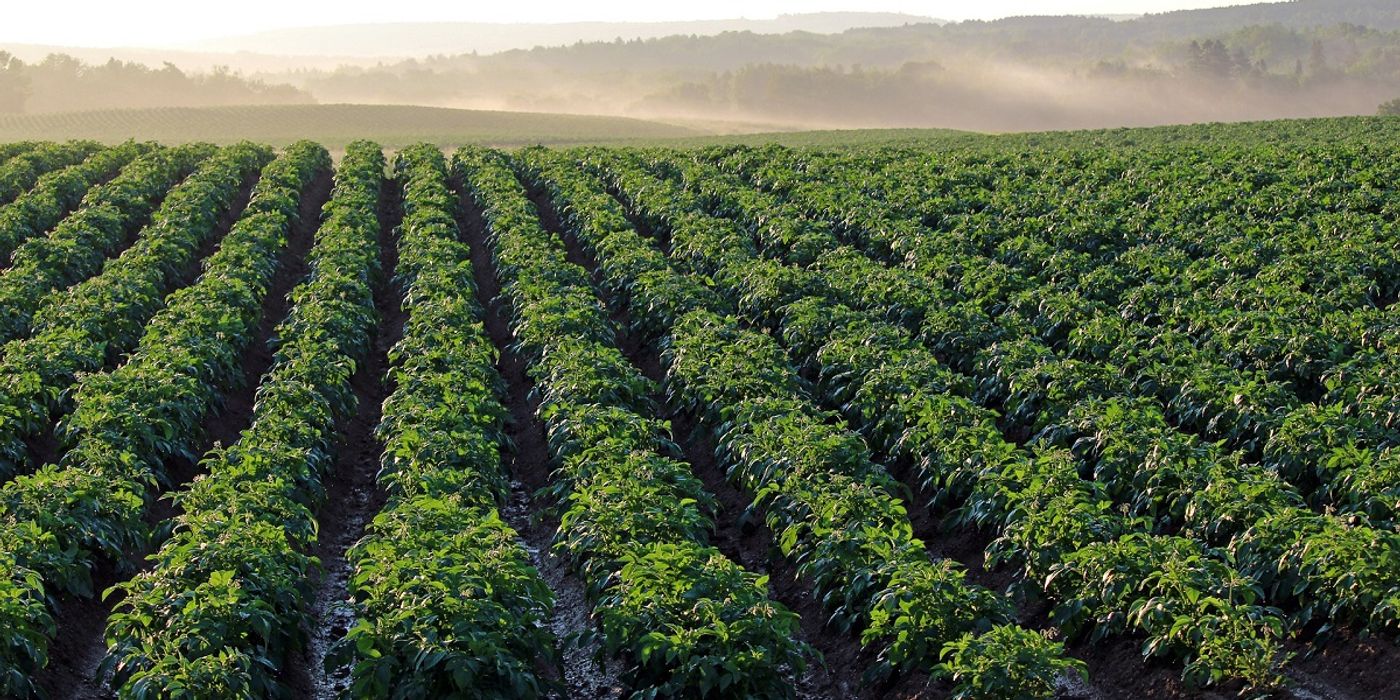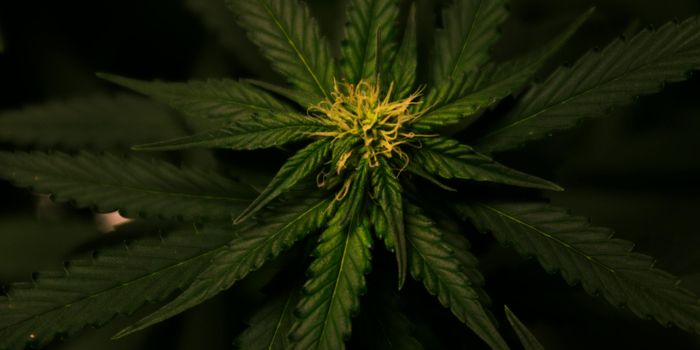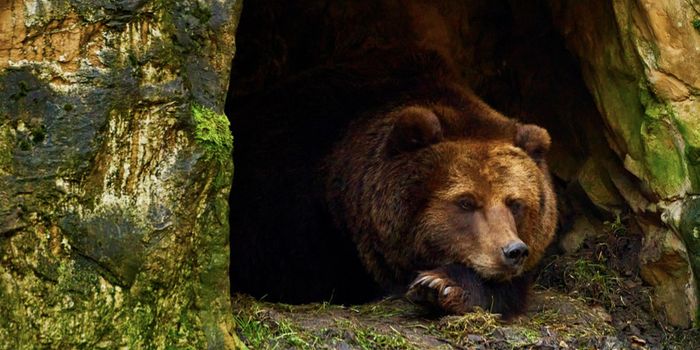Protect Our Potatoes on Potato Day
Happy National Potato Day! Potatoes are a delicious part of many foods for people across the globe, but what do you know about potatoes? Potatoes grow underground, contain many vitamins and minerals, and are the fourth most important food crop worldwide producing more food per acre than all other food crops.
Not many people know about the challenges that farmers face when growing the massive numbers of crops we require. Many pests and diseases particularly affect potato plants that farmers must always be aware of. About 22 percent (65 million tons) of potato crops annually are destroyed by plant diseases and pests worldwide. Some of the forty-plus diseases include potato wilt disease from the Ralstonia solanacearum bacteria, blackleg disease from Dickeya bacteria, Potato virus X, Potato virus Y, Potato leaf roll virus, and Potato Wart fungus. Then there are all the insect and animal pests that also affect our potato crops. One of the common pests of potatoes that the USDA is constantly guarding against is the Pale Cyst nematode, Globodera pallida.
Though currently only in a small part of Idaho and Newfoundland, Canada, it could cause enormous problems for our potato production if the nematode spreads. The pale cyst nematode also attacks other plants in the potato family, like tomatoes, peppers, and eggplants. When left uncontrolled, the nematodes can cause a 20-70% loss of potato yields every season. The pale cyst nematode can survive in soil up to forty inches deep for more than 20 years, so making sure soil doesn’t move around is a top priority. The USDA has strict rules about transporting soils that could harbor destructive pests like the nematodes. All farm equipment should be pressure washed and or steam cleaned between farm sites to prevent the transmission of pests like the nematode.

Photo of root cysts courtesy of USDA Agricultural Research Service
A recent study evaluated the potential for seed meal extract from mustard plants to be used against the pale cyst nematode in combination with a trap crop, Solanum sisymbriifolium, known as litchi tomato or sticky nightshade. The scientists found that this combination of seed extract and trap crops effectively controlled the nematode. Both egg viability and egg hatch were dramatically reduced in both greenhouse and field settings when both methods were used. This joint methodology could be used to reduce the numbers of nematodes long-term and manage our future potato crops, so we can eat them for many years to come.
Sources: University of Idaho ProQuest Dissertation Publishing, USDA, USDA Best Practices, USDA AgResearch Magazine, Journal of Agriculture and Food Research, Physiological and Molecular Plant Pathology, Journal of Agriculture and Food Research









